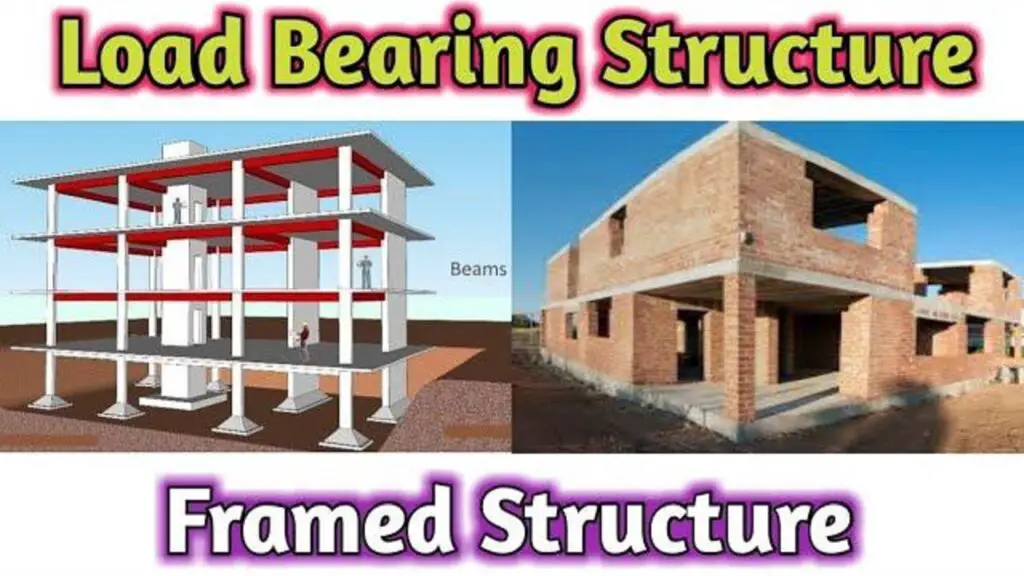How To Build Koi Pond Easily – Step-by-Step Guide
If you’re looking to add a serene aquatic haven to your backyard, Build Koi Pond may be the perfect project for you. Not only does it provide a beautiful and peaceful environment for your Koi fish, but it also adds a stunning focal point to your outdoor space. However, the process of building a pond can be overwhelming if you’re unsure where to start.
In this step-by-step guide on How to build Koi Pond, we’ll walk you through all the necessary information you need. From choosing the right location and determining the right dimensions to ensuring proper depth, circulation, and safety, you’ll have all the guidance you need to create a beautiful and healthy pond for your Koi fish.
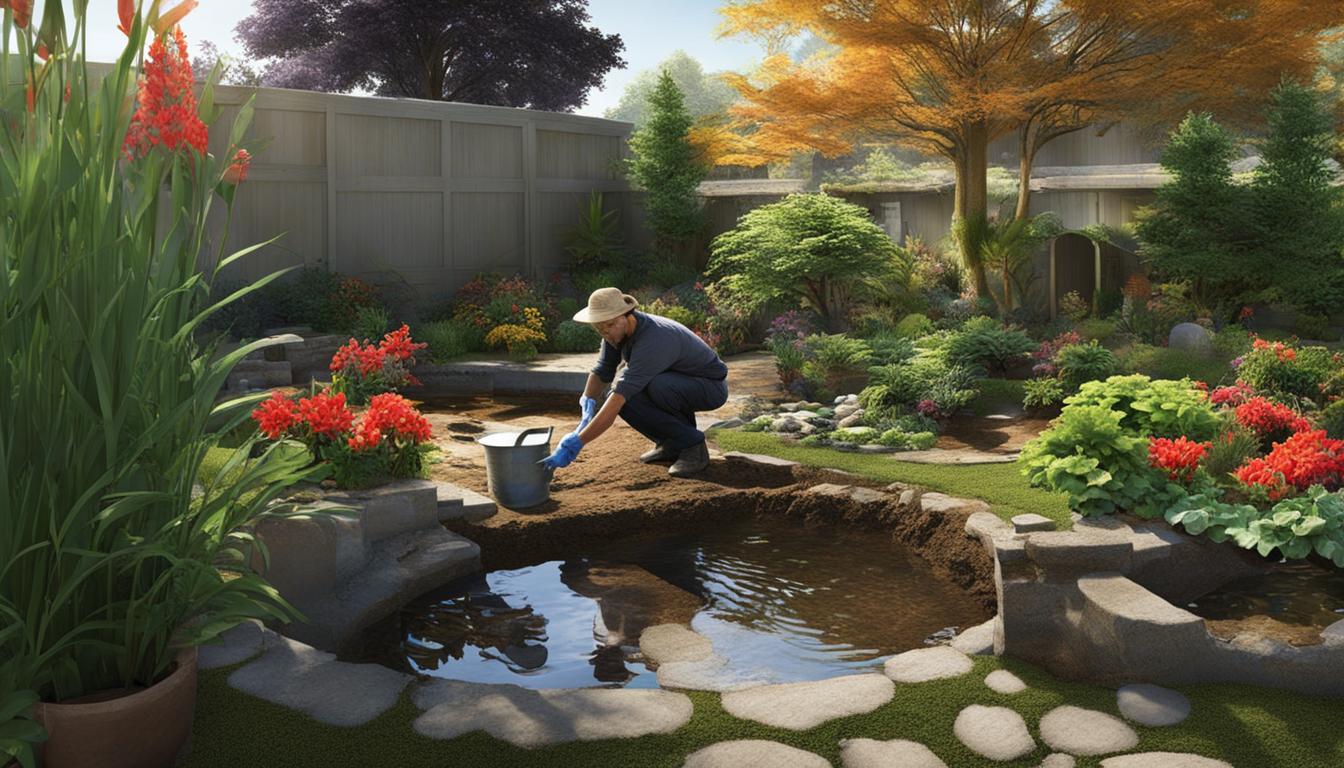

Key Takeaways
- Build Koi Pond requires proper planning and research before you start the process.
- Choosing the right location, size, and depth is essential for maintaining a healthy pond for your Koi fish.
- Ensure proper circulation and filtration of the water to maintain suitable water quality for your Koi fish.
- Make sure to be aware of any safety and permitting requirements in your area before starting the construction process.
- Regular maintenance is necessary to keep your Koi fish and pond in optimal health and appearance.
Determining Pond Dimensions
The size and shape of your Koi pond are essential factors that can determine the health and well-being of your fish. It’s important to consider the appropriate dimensions for your pond before constructing it, taking into account the number of Koi fish you plan to have and the available space in your backyard.
The recommended dimensions for a Koi pond depend on the number of fish you plan to have. Generally, you should allow for at least 500 gallons of water per Koi fish. If your pond is too small, it can lead to overcrowding, which can cause stress, disease, and even death among your fish.
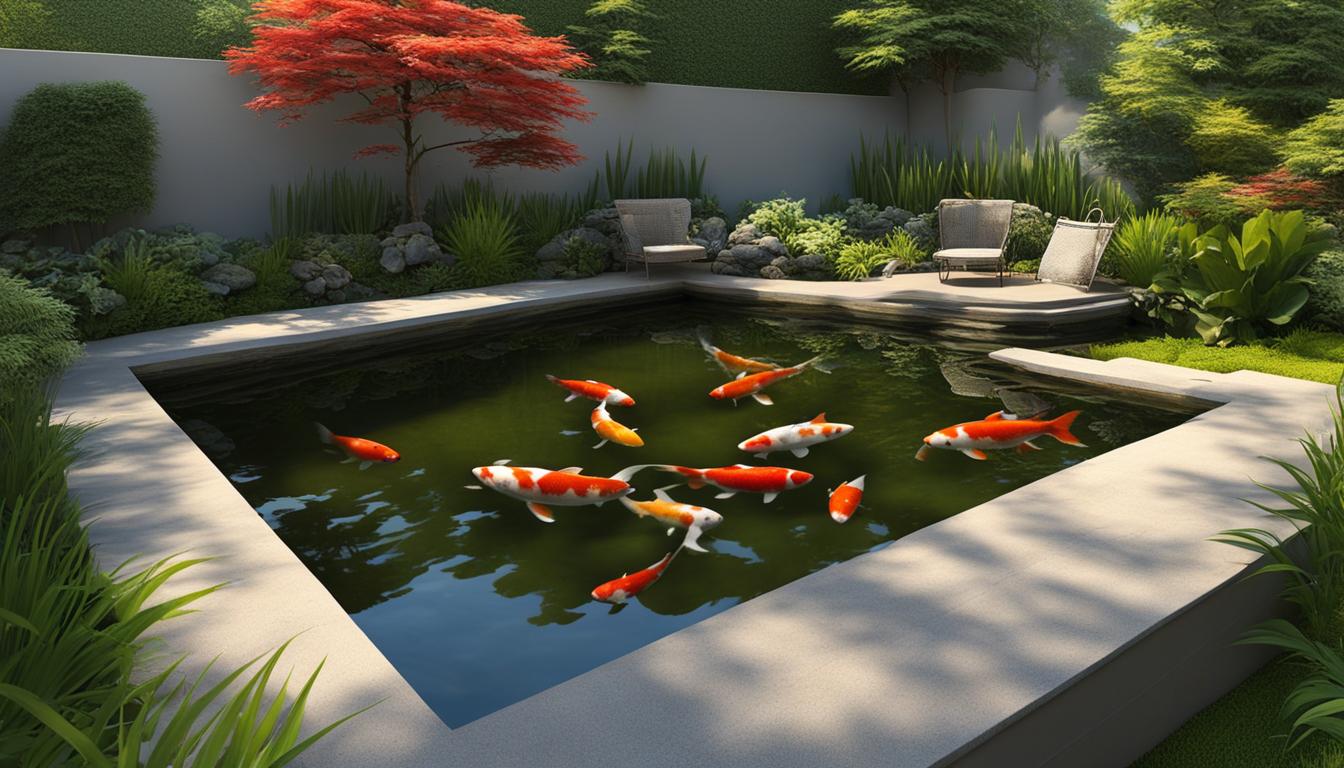

The shape of your pond should also be taken into account. Rectangular or square ponds are the most common and efficient, as they allow for optimal water circulation and fish movement. Irregular shapes can be visually appealing but require more complex filtration and plumbing systems.
Recommended Koi Pond Dimensions
| Number of Koi Fish | Minimum Pond Size (gallons) | Recommended Pond Size (gallons) |
|---|---|---|
| 1 | 500 | 1,000 |
| 2 | 1,000 | 2,000 |
| 3 | 1,500 | 3,000 |
| 4 | 2,000 | 4,000 |
| 5 | 2,500 | 5,000 |
| 10 | 5,000 | 10,000 |
It’s also important to consider the available space in your backyard when determining the size of your Koi pond. Make sure the pond doesn’t take up the entire yard and leaves room for walkways and additional landscaping.
Selecting the Ideal Pond Location
Choosing the right pond location is crucial for the well-being of your Koi fish. While you may be tempted to place your pond in an area that is most convenient to you, it’s essential to consider other factors to ensure the optimal environment for your fish.
Factors to Consider
When selecting the location for your Koi pond, keep these factors in mind:
- Sunlight exposure: Koi fish require sunlight for Vitamin D, but excessive sunlight can cause algae overgrowth and fluctuating water temperatures. Choose a location that offers a balance of direct and indirect sunlight.
- Proximity to trees: Trees can provide shade and natural filtration for the pond, but their roots can also damage the pond liner, so choose a location free from overhanging branches and strong roots.
- Accessibility for maintenance: Make sure the location is easily accessible for routine maintenance, such as cleaning the pond, checking the water quality, and feeding the fish.
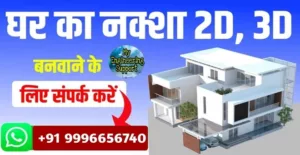





Pros and Cons of Pond Location Options
| Pond Location Options | Pros | Cons |
|---|---|---|
| Direct sunlight exposure | Provides necessary sunlight for Koi fish, which promotes vitamin D production | It can promote excessive algae growth, which can decrease water quality and increase maintenance needs. Can also lead to fluctuating water temperatures, which can cause stress and disease in Koi fish. Vulnerable to predators like birds of prey. |
| Partial sunlight/dappled shade | Provides a balance of sunlight and shade that can benefit both fish health and water quality. Aesthetically pleasing. | May require supplemental lighting or heating depending on climate. The presence of trees can lead to falling leaves, which will require regular cleaning to ensure pond health. |
| Shaded location | Minimal algae growth, reduced evaporation, and less temperature fluctuation. Can provide a peaceful environment. | Less sunlight can lead to lower vitamin D production in Koi fish, which can cause health problems. May require supplemental lighting or heating depending on climate. May require additional filtration to maintain water quality. |
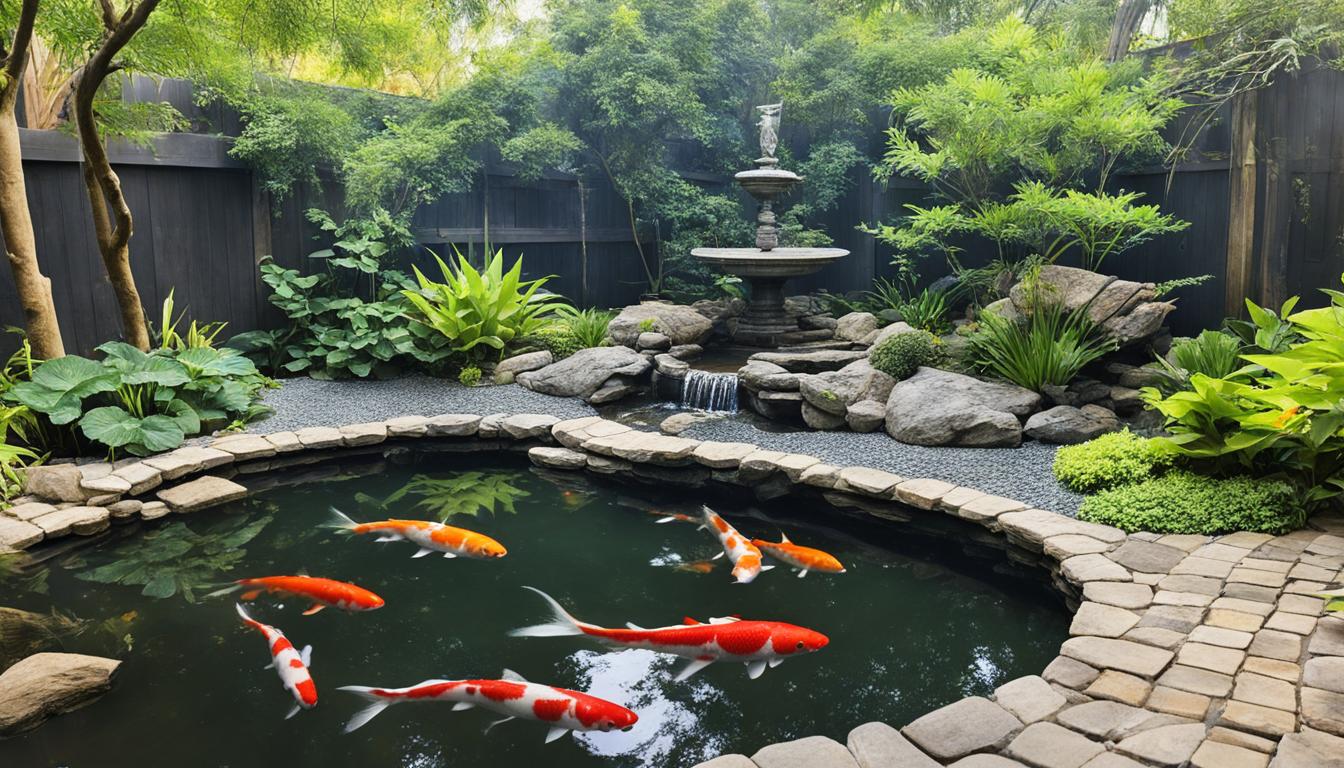

By considering these factors and consulting with a professional, you can find the ideal pond location to ensure the optimal health and happiness of your Koi fish.
Ensuring the Proper Pond Depth
The depth of your Koi pond is crucial to the well-being of your fish. The ideal depth for a Koi pond is at least 4 feet. This depth provides ample space for your fish to swim and allows for sufficient water circulation and filtration.
However, the depth of your pond can also depend on other factors, such as climate and the size of your Koi fish. If you live in a region where the weather is hot, a deeper pond will help keep the water temperature cooler. Additionally, if you plan to have larger Koi fish, your pond depth should be adjusted accordingly, with a minimum depth of 6 feet for larger specimens.
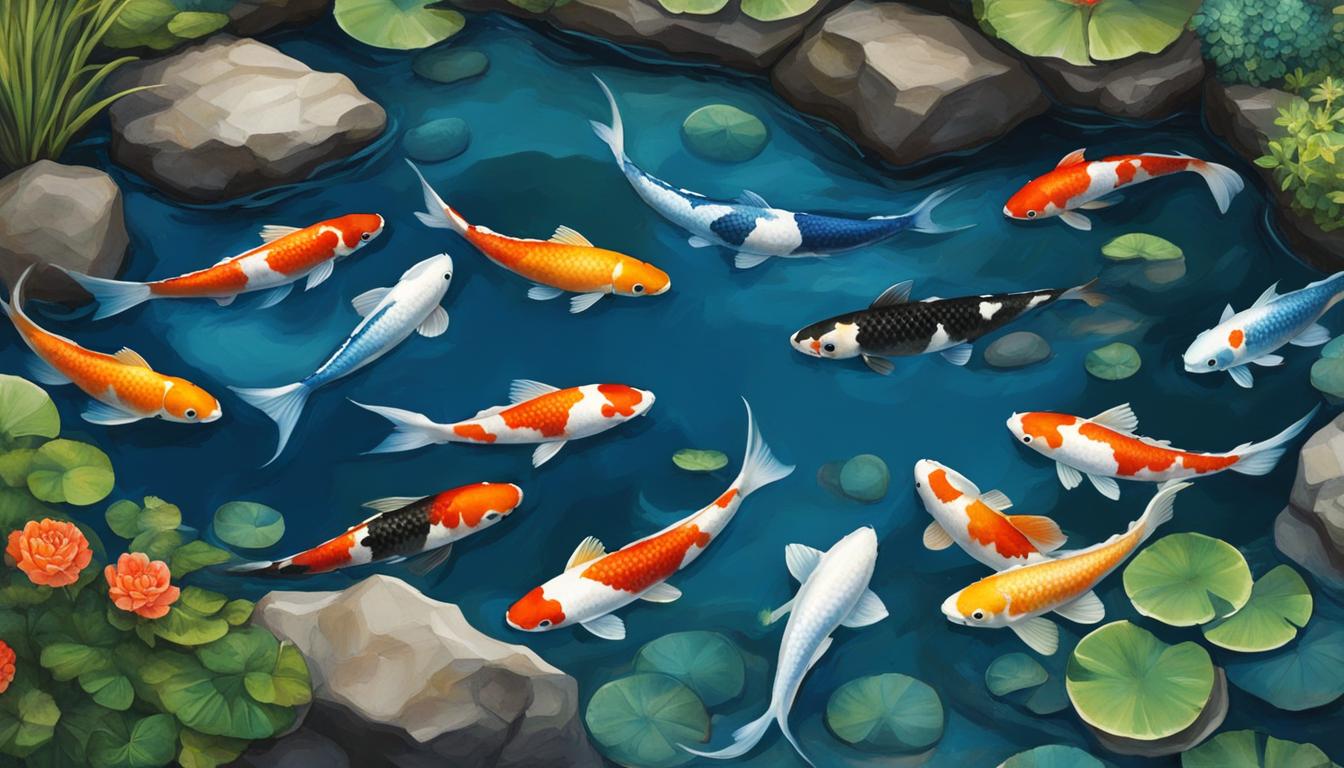

It’s important to note that a shallow pond can lead to a stressful environment for your Koi fish, as well as increased susceptibility to diseases and predators. Therefore, ensuring the proper pond depth is essential for the health and longevity of your fish.
Implementing Effective Pond Circulation
Proper pond circulation
is crucial to ensure a healthy and thriving Koi pond. Without adequate water movement, the pond can quickly become a breeding ground for harmful bacteria and algae, which can be detrimental to your Koi’s health.
To keep the water clean and oxygenated, you can implement various effective pond circulation methods. One popular approach is to install a
pump
in your pond, which helps to create a steady water flow and prevent stagnation. When selecting a pump, consider the size of your pond and the water flow rate required to maintain optimal pond conditions.






Another effective method is to use a
filter
, which removes any debris, waste, or harmful chemicals from the water. There are various types of filters available, including biological and mechanical filters, which work together to keep your pond water clear and healthy.
An aerator
can also improve pond circulation by adding oxygen to the water. This not only benefits your Koi’s health, but it can also improve the overall appearance and clarity of the water.
To ensure maximum effectiveness, it’s essential to plan your
pond circulation
system carefully. Consider factors such as the size and depth of your pond, the number of Koi fish, and the surrounding environment. Consulting an expert or conducting thorough research on the best practices can be of immense help.
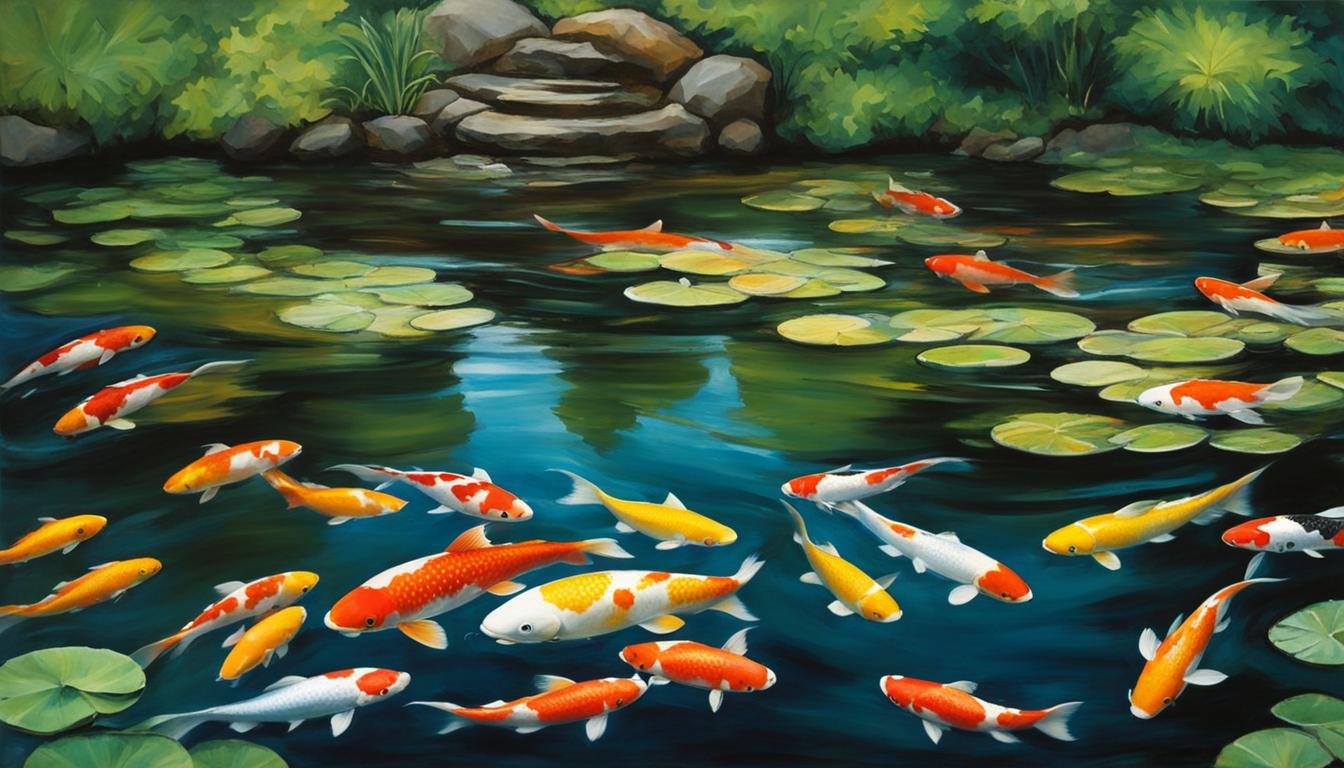

| Pros | Cons |
|---|---|
| Adequate water movement ensures a healthy and thriving Koi pond. | Some methods, such as pumps, can be expensive to purchase and maintain. |
| Filters help to remove debris, waste, and harmful chemicals from the water, improving overall water quality. | Some filter types require frequent cleaning and maintenance. |
| Aerators increase water oxygen levels, supporting the health of your fish and improving water clarity. | Some aerators can be noisy and visually unappealing. |
Implementing effective pond circulation is critical to maintaining a healthy Koi pond. By selecting the appropriate methods and following best practices, you can ensure that your Koi thrives in a clean and oxygenated environment.
Addressing Safety and Permitting requirements
Ensuring safety and compliance with local permitting requirements is crucial before starting the construction of your Koi pond. Appropriate measures should be taken to prevent any potential safety hazards and comply with the regulations in your area.
Fencing Regulations
If you plan to have young children or pets around your pond, it’s recommended to have a fence installed around it. Fencing can also prevent wildlife from accessing your pond. Ensure you comply with the fencing regulations in your area, such as height restrictions and material requirements.
Potential Safety Hazards
Build Koi Pond involves working with water and electricity, which can be dangerous if not handled properly. Before starting construction, it’s essential to evaluate the potential safety hazards and take appropriate measures to mitigate them. Some common safety hazards include:
- Electrical shock
- Drowning
- Slips, trips, and falls
- Exposure to harsh chemicals
Permitting Requirements
Many areas require permits before Build Koi Pond. Permitting requirements may differ based on location, pond size, and other factors. Check with your local permitting office to determine the necessary permits and requirements needed before starting construction.
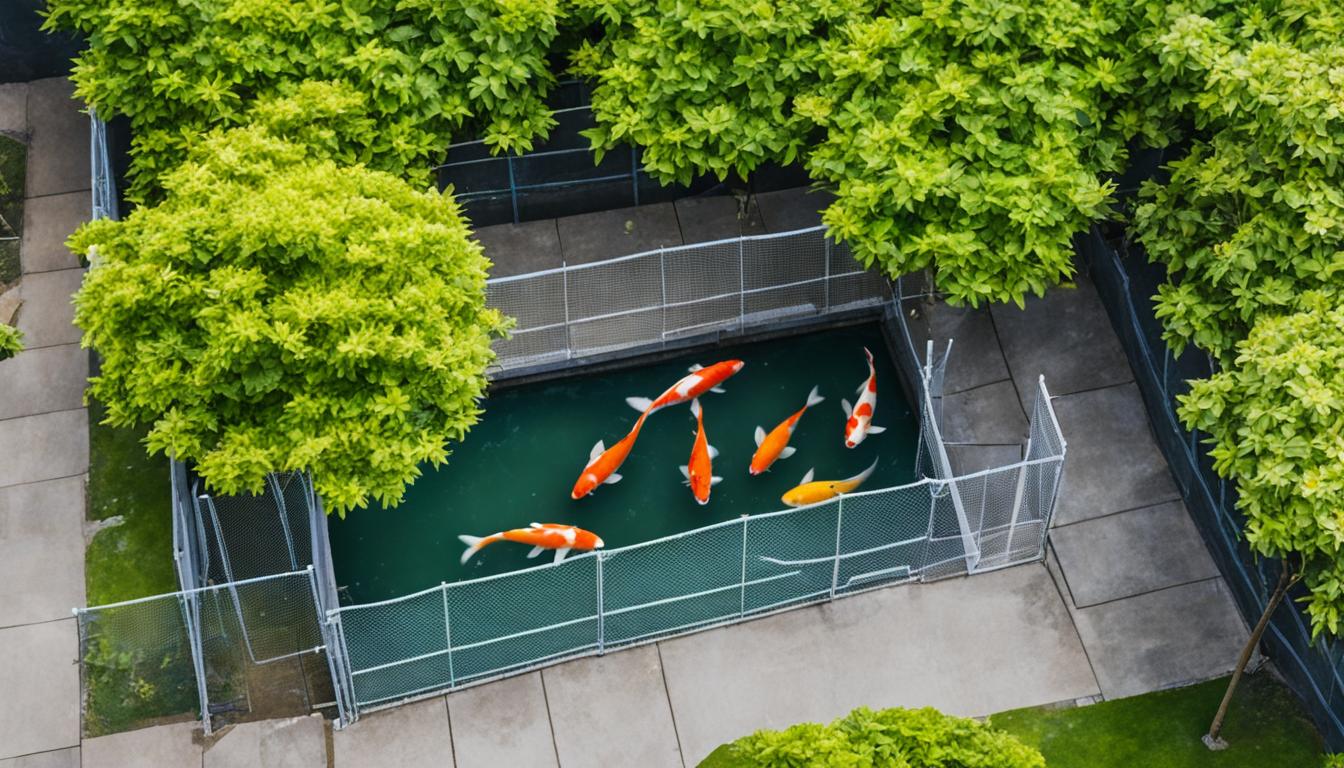

Remember, safety should always be your top priority when Build Koi Pond. Taking the necessary precautions and complying with any relevant regulations can prevent accidents and ensure a safe and enjoyable experience for you and your family.
Gathering the Necessary Equipment, Tools, and Instructions
Building a Koi pond requires specific equipment and tools. It is essential to have all the necessary items at hand before beginning the construction process. Here is a comprehensive list of the essential tools and materials:
| Equipment | Tools | Materials |
|---|---|---|
| Koi pond kit or liner | Shovel | Concrete mix |
| Water pump | Rake | Gravel |
| Filter | Level | Pond underlayment |
| Aerator | Tape measure | Pond sealant |
| Pond skimmer | Utility knife | Fish net |






It is essential to refer to the instructions provided by the manufacturer of your Koi pond kit or liner. Below are the general steps on how to construct a Koi pond:
- Mark the outline of the pond and its depth. Excavate the area until you reach the desired depth.
- Level the bottom of the pond and add a layer of pond underlayment.
- Install the pond liner or kit according to the manufacturer’s instructions. Ensure there are no wrinkles or folds in the liner and it is centered in the hole.
- Fill the pond with water. Adjust the liner to avoid any wrinkles or folds.
- Install the filtration system, pump, and aerator according to the manufacturer’s instructions.
- Add rocks, gravel, and other decorations to the pond.
- Test the pond water for pH, ammonia, nitrite, and nitrate levels and make adjustments as necessary.
Building a Koi pond may seem like a complex task, but with the right equipment, tools, and instructions, the process can be straightforward.
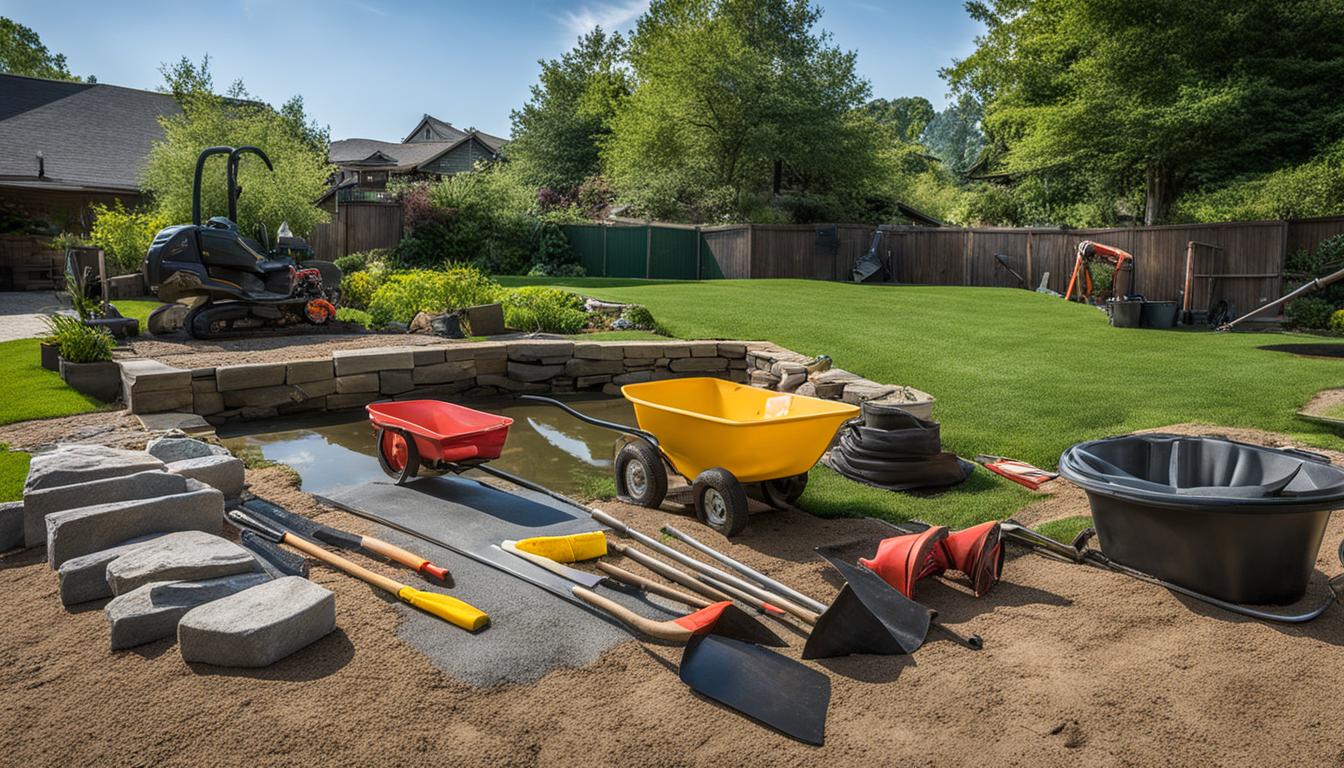

Maintaining Water Quality and Health
After completing your Koi pond, ongoing maintenance is essential for the health of your fish and to ensure optimal water quality. By following these regular maintenance tasks, water testing, and preventative measures, you can enjoy a healthy, thriving pond for years to come.
Regular Maintenance Tasks
Regular maintenance includes removing debris, such as leaves and twigs, from the surface of the water and cleaning the filter and pump regularly to keep the water clear and free of harmful bacteria. You should also remove any dead or diseased fish promptly.
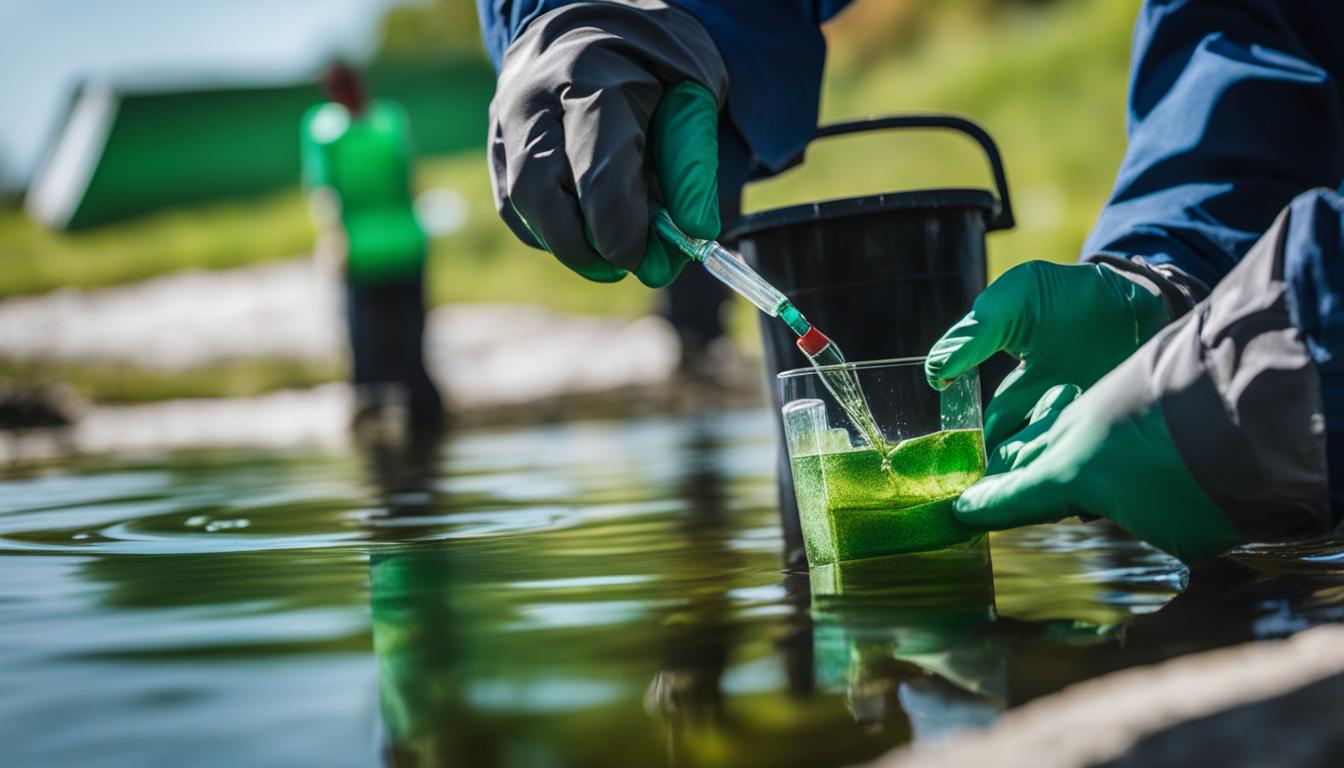

Regular cleaning and maintenance tasks are essential for the longevity of your Koi pond
Water Testing
Regular water testing is necessary to ensure adequate water quality. Test the water’s pH, ammonia, and nitrate levels weekly and make any necessary adjustments to avoid any imbalances that could harm your Koi fish. Keep a log of water test results to monitor changes over time.
Preventative Measures
There are several preventative measures that you can take to ensure the longevity and health of your Koi pond. One of them is to avoid overfeeding your fish, as additional food can build up and cause an imbalance in the water. Additionally, install a net over the pond to prevent predators, such as birds and raccoons, from attacking your fish.
Enhancing Your Koi Pond with Landscaping
Creating a beautiful and natural-looking environment around your Koi pond is a crucial aspect of your pond’s aesthetic appeal. Pond landscaping is an art form that uses a combination of plants, rocks, and other features to create a harmonious and visually appealing space. Follow these tips to enhance your Koi Pond’s landscape:
Selecting Appropriate Plants
When selecting plants for your pond, ensure you choose those that are well-suited to your region’s climate and can thrive in a wet environment. Some great pond landscaping plant options include water lilies, lotus flowers, and cattails. To create a natural look, you can also add bog plants and grasses around the edge of your pond.






Adding Rocks and Other Features
Adding rocks and other features, such as small waterfalls or fountains, can transform your pond into a stunning focal point. Make sure you choose rocks that are appropriate for the size of your pond, and use them to create natural-looking waterfalls and streams. You can also add wooden elements such as bridges or benches to further enhance your pond’s ambiance.
| Pond Landscaping Tips | |
|---|---|
|
1. Choose plants that are well-suited to your region’s climate |
  |
| 2. Use rocks to create natural-looking waterfalls and streams around your pond | |
| 3. Add wooden elements, such as bridges or benches, for a rustic feel |
Maintaining Your Landscape
Regular upkeep is essential for keeping your pond landscaping looking its best. Make sure you trim and prune plants regularly to prevent overgrowth, clean any debris from the pond, and repair any damaged features promptly to ensure your pond remains a tranquil and beautiful space.
Conclusion
Building a Koi pond in your backyard can be an exciting and rewarding experience. Not only does it provide a relaxing and peaceful environment, but it also adds an aesthetic appeal to your outdoor living space. With the step-by-step guide provided in this article, you now have the tools and knowledge to create a beautiful Koi pond that can be enjoyed for years to come.
Remember, choosing the right location, determining the appropriate dimensions and depth, ensuring proper circulation, and maintaining water quality are all crucial factors that contribute to the success of your pond. With careful planning and regular maintenance, you can create a healthy and thriving environment for your beloved Koi fish.
Don’t forget to implement safety measures and acquire the necessary permits before starting construction. Once your pond is complete, you can enhance its beauty with the right landscaping elements to create a harmonious and natural-looking setting.
So, what are you waiting for? Start planning your Koi pond today and enjoy the therapeutic benefits and captivating beauty it brings to your home.
Thanks For the Great Attention!
Also, Read,
Laminate Flooring Installation Guide
FAQ
How do I determine the dimensions for my Koi pond?
To determine the dimensions for your Koi pond, consider the number of Koi fish you plan to have and the available space in your backyard. A general guideline is to allow at least 500 gallons of water for each adult Koi fish. The depth of the pond should be at least 3 feet to provide enough room for the fish to swim comfortably.






What factors should I consider when selecting a location for my Koi pond?
When selecting a location for your Koi pond, consider factors such as sunlight exposure, proximity to trees, and accessibility for maintenance. It’s important to choose an area that receives partial shade to prevent excessive algae growth and overheating of the water. Avoid placing the pond under trees, as falling leaves can create water quality issues. Additionally, ensure easy access for regular cleaning and maintenance.
How deep should my Koi pond be?
The recommended depth for a Koi pond is at least 3 feet. This depth provides enough water volume to maintain stable water conditions and also allows the Koi fish to swim freely. If you live in an area with harsh winter climates, consider increasing the depth to 4 feet to prevent the pond from freezing solid.
How do I ensure proper circulation in my Koi pond?
Proper pond circulation is crucial for maintaining a healthy environment for your Koi fish. Installing pumps, filters, and aerators can promote water movement and help keep the water clean and oxygenated. The circulation system should be designed to create a gentle flow without causing excessive turbulence that may stress the fish. Be sure to regularly clean and maintain the equipment for optimal performance.
Are there any safety and permitting requirements for Build Koi Pond?
Before constructing your Koi pond, it’s important to check for any safety and permitting requirements in your area. This may include regulations regarding fencing, distance from property lines, or obtaining permits for excavating and construction. Familiarize yourself with the local regulations to ensure compliance and avoid any potential issues in the future.
What equipment and tools do I need to build a Koi pond?
Build Koi Pond requires specific equipment and tools. You will need items such as a pond liner, pond pump, filter system, PVC pipes for plumbing, a spade for excavation, and a pond vacuum for maintenance. Additionally, you may need a level, a measuring tape, and a rubber mallet. Follow the step-by-step instructions provided in our guide to ensure you have all the necessary equipment and tools for constructing your pond.




